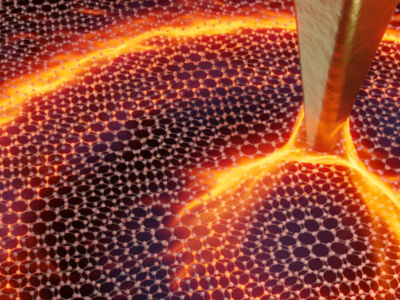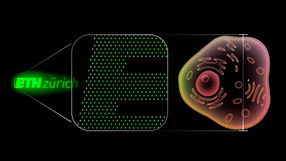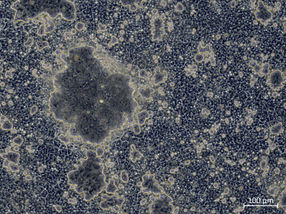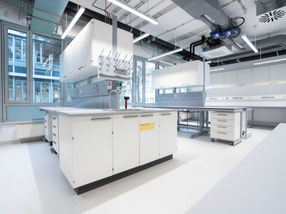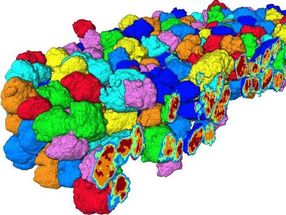Materials: The first graphene-based chiral sensor
A reusable, natural and cheap amylose-functionalised graphene sensor was developed for highly sensitive and visual fluorescent chiral sensing by a team in China.
The team found that the sensor’s detection sensitivity toward L-tryptophan was over 100 times higher than that of recently reported electrochemical sensors and colorimetric sensors. In comparison with commonly used DNA or peptides as a probe, natural amylose is more attractive because it’s cheap, readily available, simple to manipulate and is reusable.
The specific selectivity for tryptophan enantiomers towards other essential amino acids allows potential chiroselective analysis of tryptophan in complex samples such as biological fluids. This design can, in principle, be implemented for other target molecules that can form an inclusion complex with amylase, say the researchers.
Original publication
W Wei, K Qu, J Ren and X Qu, Chem. Sci., 2011.
Most read news
Other news from the department science

Get the analytics and lab tech industry in your inbox
By submitting this form you agree that LUMITOS AG will send you the newsletter(s) selected above by email. Your data will not be passed on to third parties. Your data will be stored and processed in accordance with our data protection regulations. LUMITOS may contact you by email for the purpose of advertising or market and opinion surveys. You can revoke your consent at any time without giving reasons to LUMITOS AG, Ernst-Augustin-Str. 2, 12489 Berlin, Germany or by e-mail at revoke@lumitos.com with effect for the future. In addition, each email contains a link to unsubscribe from the corresponding newsletter.
